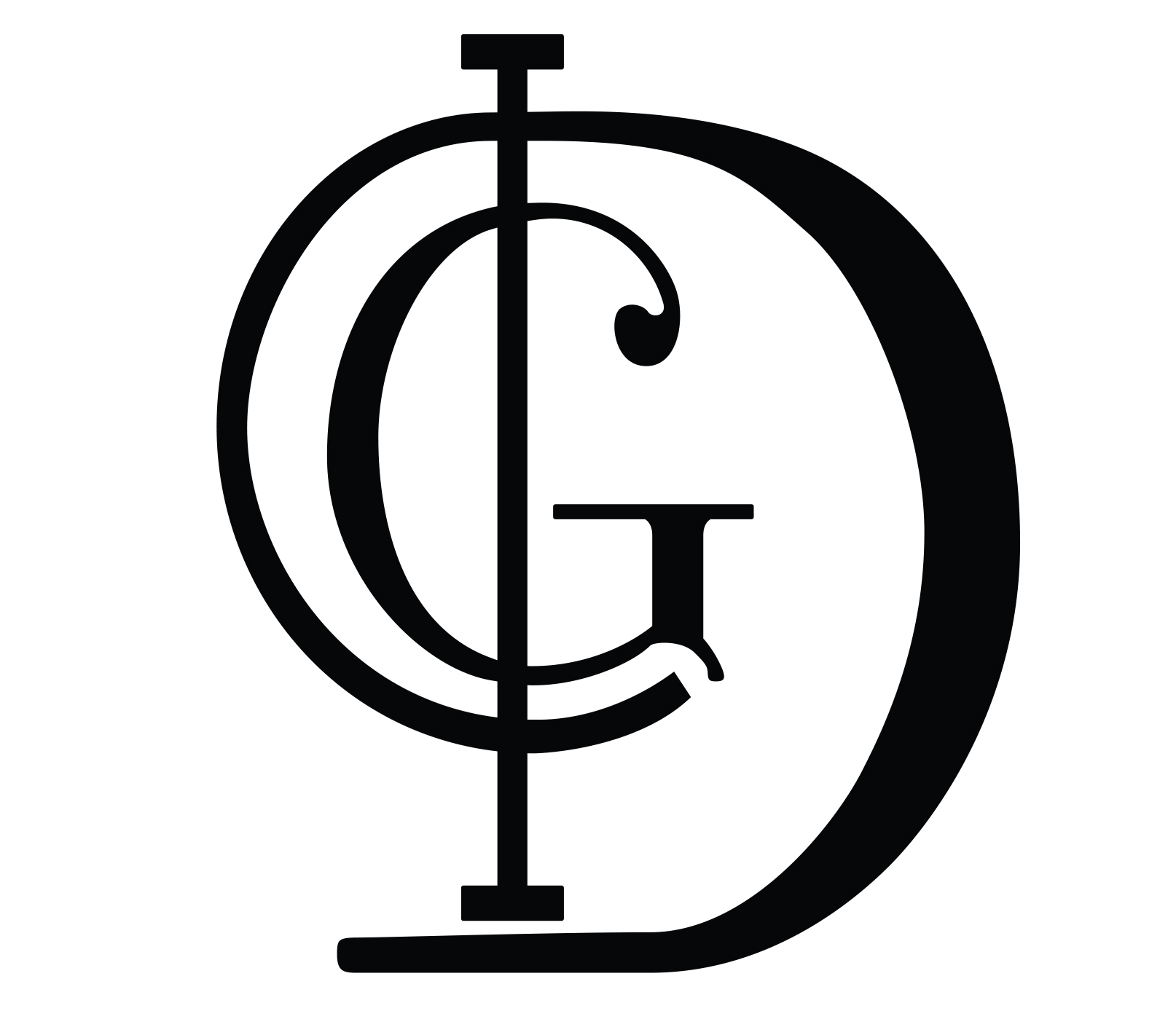Saw Frame Stories
People who make jewelry are practicing a craft that has been practiced for nearly 5,000 years, and many of the techniques are still the same! Just look at the saw that Jim is holding in this picture.
This type of saw frame was invented during the Renaissance (14th – 17th Centuries), most likely some time during the 1500s. The saw frame of 500 years ago was remarkably similar to the saw frames jewelers use today, though back then they had to make their own blades, and the frame itself was likely smaller.
Learning to use a jeweler’s saw is challenging for most people. You have to make the blade tension incredibly tight, but since you’re sawing metal – a pretty resistant material! – the blades tend to snap. It’s not unusual for a jewelry student to go through five or ten saw blades in their first few hours of sawing.
To keep the blades moving smoothly through the metal and help them last longer, most jewelers keep a little lubricant stick on their bench. After a number of strokes, they just run the saw blade lightly through the lubricant stick and then go back to their work. When you watch a jeweler sawing intently at the bench, it’s mesmerizing. The jeweler stops, looks at the work, turns the metal, and begins again, swinging his arm every so often to lubricate the blade. You can hear the saw moving smoothly through the metal (because when you’re a Master Jeweler, like Jim, it just flows); it’s a scratchy yet pleasing sound, not high-pitched like you might imagine, but lower, and rhythmic. Another interesting note about a saw blade’s sound: When you mount the blade in the saw frame, you can strike it like a guitar string, and if it gives you a clean note, that’s an indication that it’s tight enough!
Most of the time, a jeweler is working from a design or a sketch, and you may even see lots of measurements marked around the angles and planes of the drawing. Then, they transfer the sketch to the metal and saw along the pattern lines.
One thing most people don’t know the first time they try to saw metal is that sawing metal works the opposite of sawing wood. When you saw wood, you cut on the push. But jewelers saws cut on the pull stroke. So the push stroke is very light, just to get the saw back into position. Then the pull stroke is when the teeth cut into the metal.
If you have a maker space anywhere near you, or you’re traveling where there is one, stop in and see if they have a jewelry bench! Try sawing a piece of metal for yourself. You’ll really enjoy the experience, and the next time you see a piece of intricately cut metal, you’ll have a much greater appreciation for the work that went into creating it!


